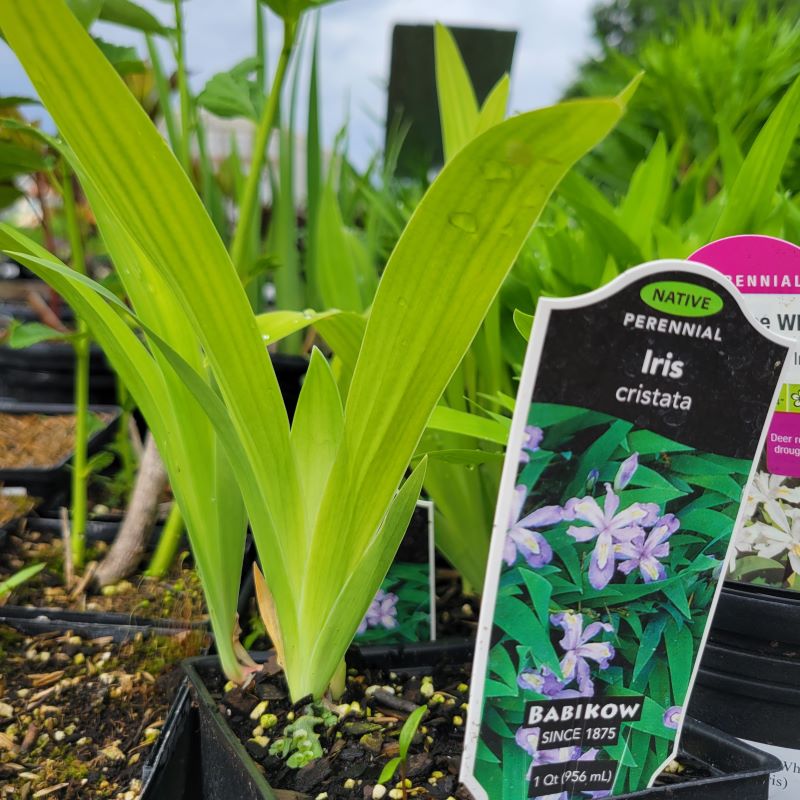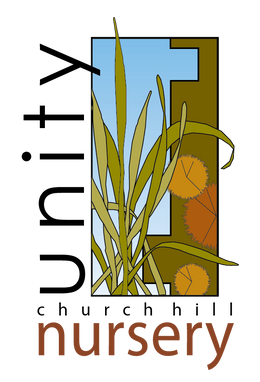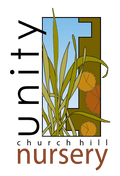
Iris cristata (Dwarf Crested Iris)
- Low stock - 3 items left
- Inventory on the way
Iris cristata, commonly referred to as dwarf crested iris, is a small, perennial wildflower that grows through much of the eastern United States in moist, full sun to part shade areas. In April, dwarf crested iris produces large flowers, up to three inches across, in shades of white, pale blue, and purple with 6 petal-like parts; flowers bloom atop very short stems, only three to six inches tall. With thick, rhizomatic roots, Iris cristata can form dense colonies, which produce an impressive visual effect in the spring.
Dwarf crested iris grows best in consistently moist but well-drained occasionally acidic sandy loams, such as those naturally found in pine barrens, sandy stream banks, or wooded slopes, and does well in shaded rock gardens, woodland plantings, or as a seasonal ground cover plant. Flowers have high aesthetic value for gardeners, but are also attractive to pollinators including hummingbirds and native bees. Iris cristata is additionally resistant to drought and deer damage.

